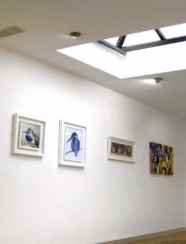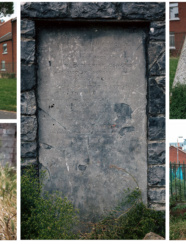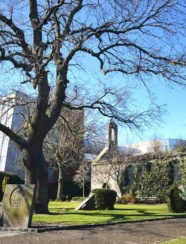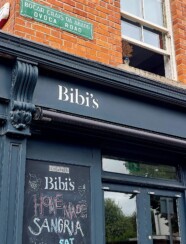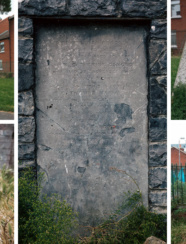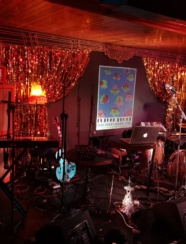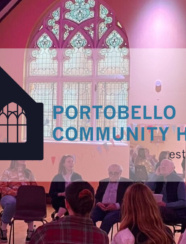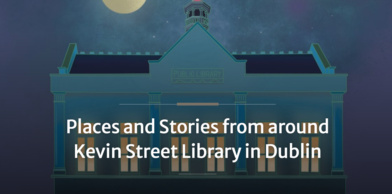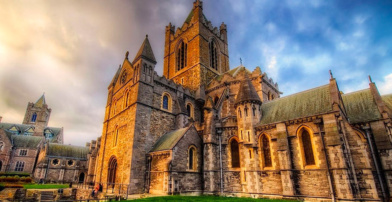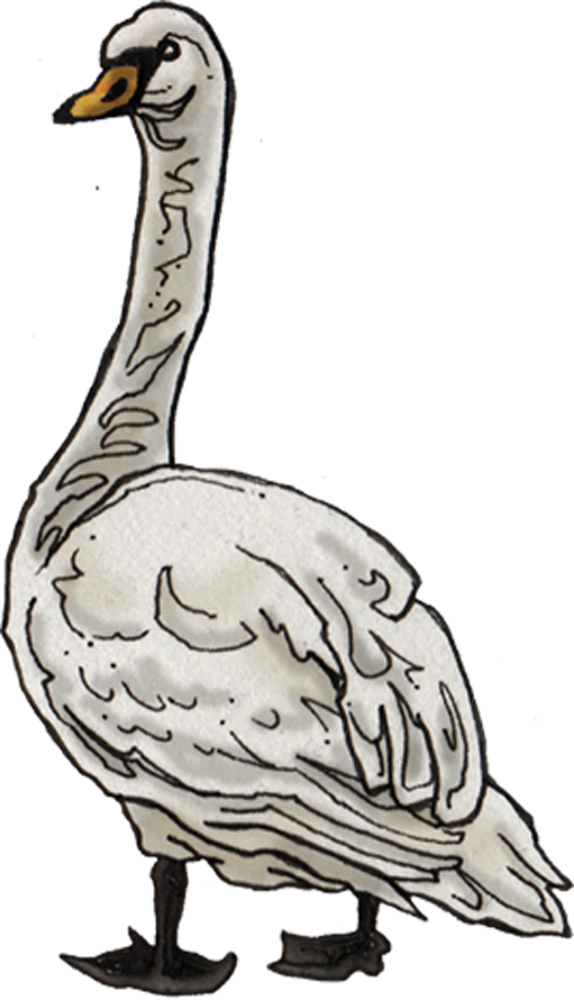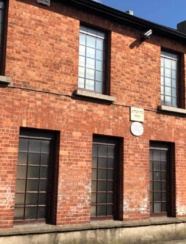
Portobello
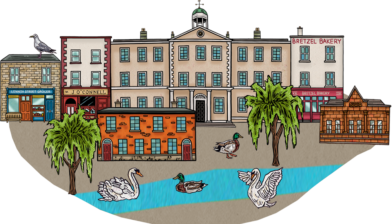
Portobello is a picturesque district located in Dublin 8 and is known for its scenic canal, vibrant atmosphere and rich cultural history.
It offers picturesque walking and cycling paths along the canal banks where you can see many swans, herons, ducks and other wildlife throughout the year. One of the best things to do, and a popular activity among the locals is to have a drink or picnic along the banks of the grand canal on a warm summer’s evening.
Portobello developed as a suburb close to the city centre in tandem with the construction of the grand canal in the 18th century. The name, Portobello, means beautiful harbour, and central to this area was Portobello House, built in 1807 originally as a hotel. It was strategically placed as the last passenger stop for barges arriving into Dublin along the canal route. The building, currently a language school, was at one stage a nursing home and where renowned Irish artist Jack B. Yeats spent his last years.
Portobello also lent its name to the barracks that house the military archives, now known as Cathal Brugha barracks. Many Jewish people settled in Portobello after the second world war and the area was often nicknamed “Little Jerusalem”. There was a synagogue on Lennox Street and many Jewish butcher shops and bakeries that opened in the surrounding adjacent streets, as well as a Jewish Museum that you can visit today. Many well known artists and creatives were born, raised or noted residents in Portobello, including George Bernard Shaw, Joseph Edelstein, Eamonn Andrews, Harry Kernoff, Con Houlihan, Chaim Herzog, Cornelius Ryan amongst others.
A charmingly beautiful neighbourhood, Portobello also hosts great restaurants and bars and has a vibrant nightlife. Within a short walking distance to Dublin’s city centre, this little neighbourhood has it all!



